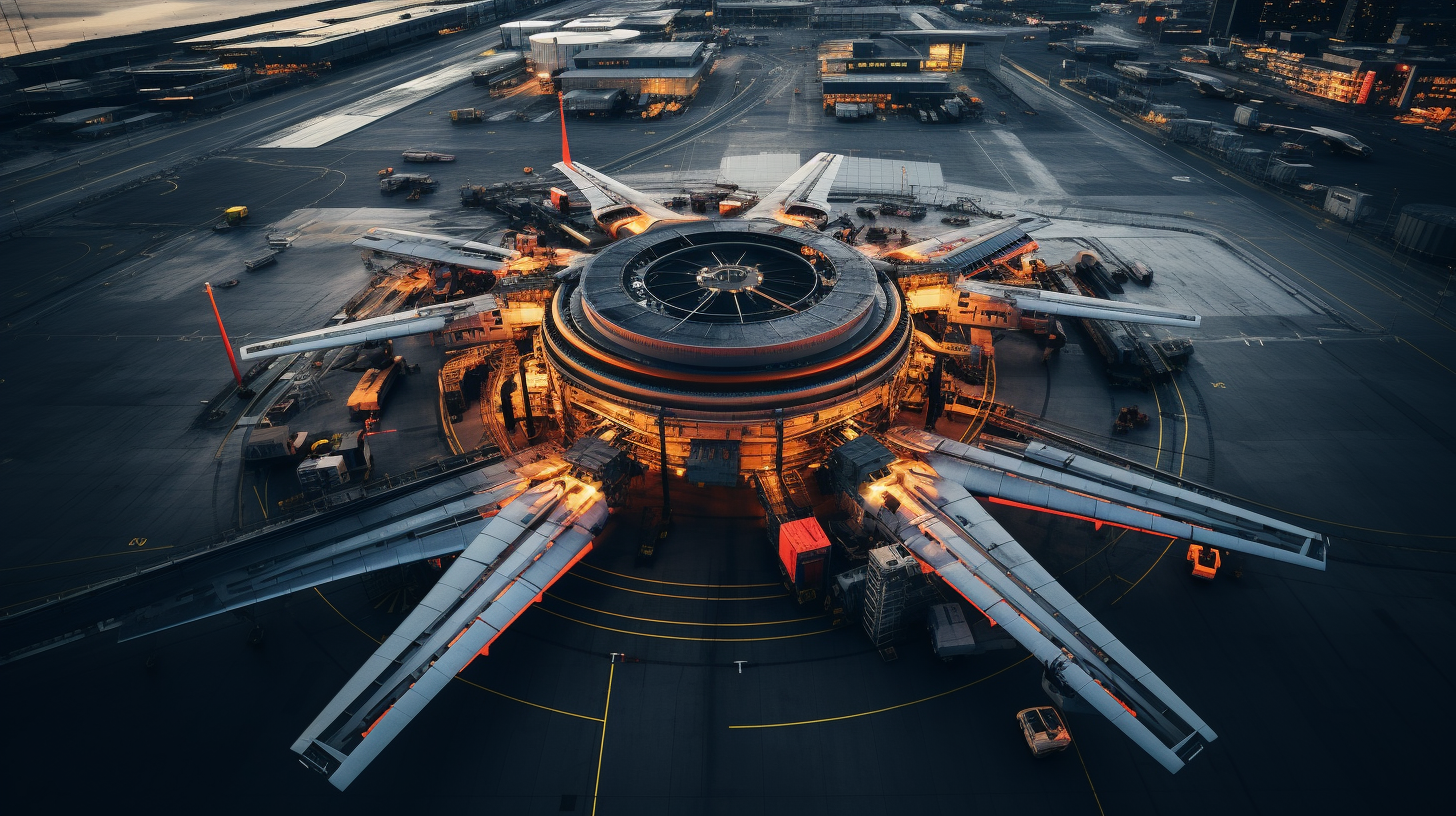RP1 - People:
Health & Wellbeing
-
To increase AAM awareness and trust, making it known as a reliable, accessible & affordable mobility solution to individuals, operators and communities.
-
Incorporating a collaborative partnership approach to all research activities and engagement with individuals, operators and communities.
To lead engagement research that identifies barriers (awareness, attitudes), needs, benefits, enablers and opportunities for AAM end-users, operators and communities in regional Australia.
To optimise human factors and systems integration from crewed to remote pilot and eventually autonomous operations, enhancing safety, efficiency and operational effectiveness.
Increase AAM awareness and trust, making it known as a reliable, accessible & affordable mobility solution to individuals, operators and communities.
RP2 - Operations: Physical & Digital Infrastructure
Build physical and digital infrastructure and Ecosystem for AAM ground & air operations realising future services & business.
-
To build the physical and digital infrastructure and ecosystem for advanced air mobility ground and air operations realising future services & business.
-
Creation of communication networks, navigation systems and flight management platforms, including those for air traffic management (ATM) and air traffic control (ATC), in collaboration with Airservices Australia, Thales (supportive), CASA.
Development of infrastructure designs and test cases for simple and cost-effective solutions including vertiports, vertihubs, vertistops, vertistrips and STOL ports, in close collaboration with Skyportz, ElectroAero, CASA and Airservices Australia.
Refuelling and recharging: designing and testing of fuel storage, refuelling and recharging sites and facilities, including maintenance requirements for sustainable aircraft fuel (SAF), hydrogen and electrical power.
RP3 - Technology: Air Vehicles & Clean Aviation
Advance the development, testing, and deployment of next-generation AAM vehicles, propulsion systems and avionics.
-
To advance the design, testing, and deployment of next-generation AAM vehicles for passenger and logistics services through considerations of safety features, development of sustainable propulsion systems towards net zero emissions.
-
High-rate lightweight aerostructure manufacturing including prototyping, testing and certification.
Operation-specific air vehicle architectures and design.
Avionics and fail-safe systems such as redundancy and collision avoidance solutions.
Propulsion systems and powertrains minimising environmental footprint and social impact.
RP4 - Airspace Integration: Regulation & Licencing
Provide evidence-based regulatory support for integration of AAM into Australia’s existing airspace.
-
To provide evidence-based regulatory support for integration of advanced air mobility into Australia’s existing airspace.
-
Development and testing of semi and fully autonomous RPAS and AAM vehicles for understanding of operational challenges.
Air operations safety and protocols focus on air/flight coordination and communication, assisted by simulated operations and later by incremental ground and flight trials.
Assist in reforms needed for legacy regulatory frameworks to facilitate testing, proof of concept and safe whole of life operations.




